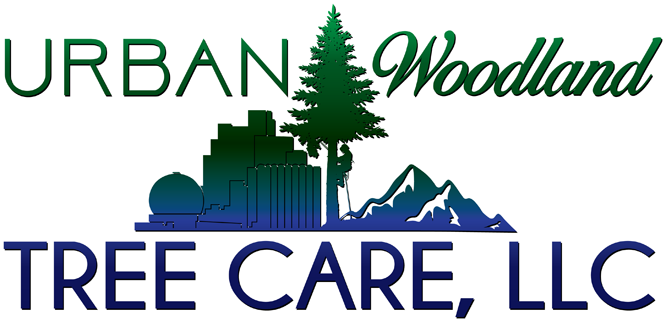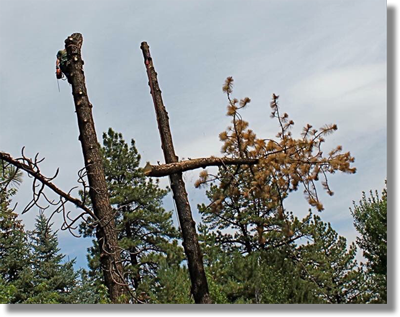Trees, regardless of where you plant them along Reno property, offer many benefits, the most significant of which is an increase in property value. But Reno residents also get to enjoy the aesthetics that trees provide, and the shade and clean air they offer. As a result of this deep appreciation for their trees, property owners shower them with plenty of affectionate care.
So, it’s natural for a property owner to ask, what’s wrong with my tree, when they notice something has gone wrong.
Trees do fall ill you know!
Trees are living, breathing and growing creations. And just like us humans, they too fall ill occasionally. Your (the property owners’) neglect may be the root cause of some of that illness – improper fertilization, infrequent watering, unnecessary stress and trauma to roots and branches.
Another answer to the common “what’s wrong with my tree?” question is: Disease! Some illnesses are usually the result of nature’s vagaries, fungi, rot or pests, including:
- Armillaria Root Disease
- Brown-Spot Needle Blight of Pines
- Juniper Pocket Rot
- Laminated Root Rot of Western Conifers
- Port-Orford-Cedar Root Disease
- Rust-Red Stringy Rot Caused by Indian Paint Fungus
- Western Pines and Western Gall Rust
…and a host of others!
The culprits that cause such diseases are varied, and as complexed-named as the diseases they cause – like Bronze Birch Borer, Lodgepole Needle Miner, Pandora Moth or Tuliptree Scale. The point is, that when you ask what’s wrong with my tree, you’ll likely hear such previously unheard-of names of insects and diseases. But even though you may not have heard of them before, they pose a real threat to the health and wellbeing of your trees.
Being proactive
Just as any parent keeps a watchful eye on their children, so too do Reno property owners need to keep a lookout for the health and fitness of their trees. If you find yourself asking what’s wrong with my tree, look for signs of potential illness. Here are some signs to watch for:
- Check to see if white spots appear on trees and surrounding shrubs
- Keep a close watch for cotton-like white masses in your trees
- Check routinely for holes that appear in the barks of your trees
- Be aware of any distortion in the shapes of the tree’s foliage
- Inspect leaves to see if there are yellow, orange, black or brown spots on them
- Pay close attention to sticky “stuff” on the branches, leaves and flowers on your trees
You’ve invested a lot of time, money and patience in your trees. An ounce of preventative care will go a long way to protect that investment. And if you notice anything unusual, call a qualified tree specialist. However, being proactive about the state of your trees is vital, because it could already be too late by the time you ask a qualified arborist what’s wrong with my tree?
Dealing with diseased trees
A qualified Reno arborist or tree service provider has lots of tools in his/her bag to help property owners deal with unhealthy or diseased trees. They might propose:
- Extra or a different fertilization
- A soil drench
- Foliar spray
- Tree injections
They’ll do a deep inspection of the trees, and depending on the answer they find to your question, what’s wrong with my tree, they could also set pest traps around the trunks of the trees or hang them in tree branches. In some rare instances, cutting down the tree might be the only resolution. And that’s something only a trained professional tree specialist should undertake.


Recent Comments